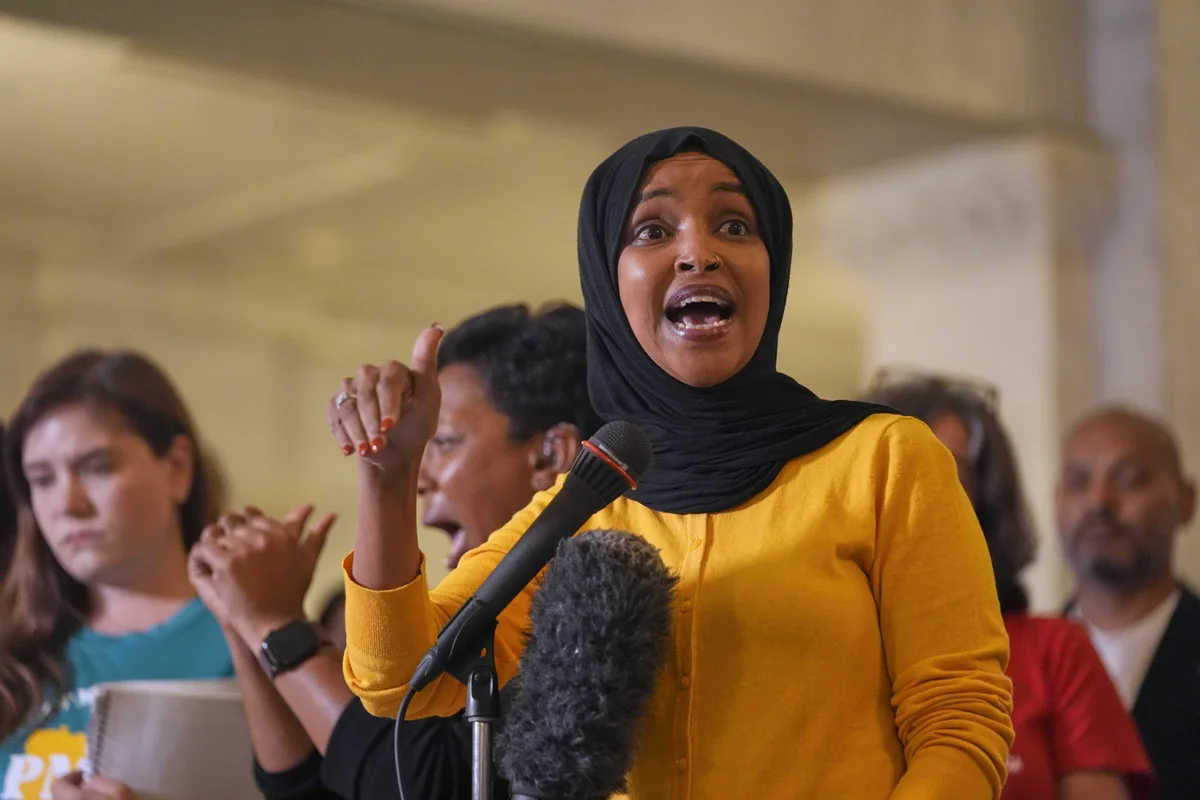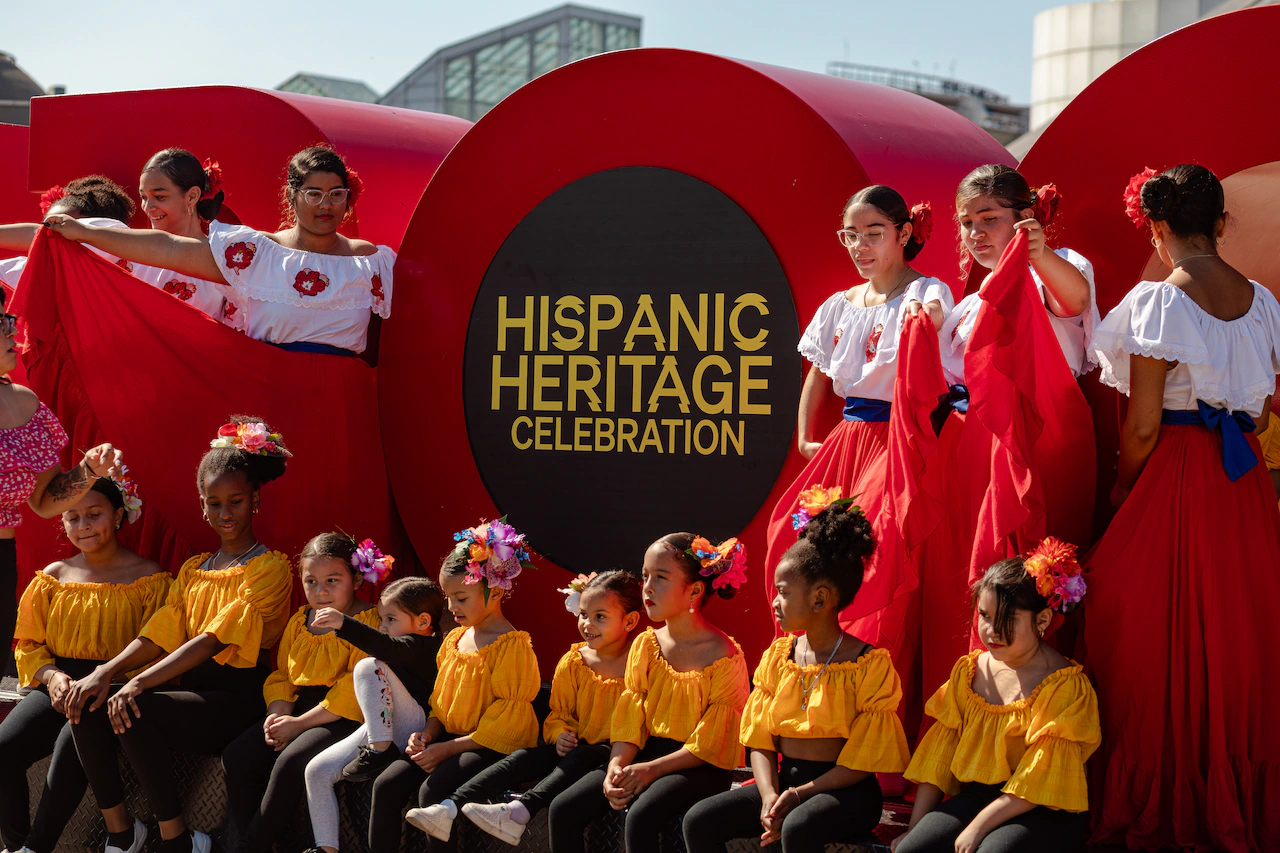
New Mexico, long at the bottom of state rankings for child well-being and educational outcomes, is on the verge of launching a first-in-the-nation program aimed at helping reverse those trends: free child care and preschool for all resident families, regardless of income.
The move would save families an average of $13,000 a year in a state where the median family income is just above $64,000 annually. American households increasingly struggle to cover day care fees, which can dwarf housing costs. And while Congress this year passed tax credits that the Trump administration says will help parents with rising prices, federal funding for early childhood has remained flat.
That has left states to decide how to address a child care crisis of families that cannot afford care, providers that cannot stay afloat and teachers who cannot survive on low-wage jobs. All states use federal and, sometimes, state dollars to subsidize tuition for low-income families at varying rates, and some, including Vermont and Washington state, have opted to build out programs using tax revenue. In New York City, Democratic mayoral candidate Zohran Mamdani has promised to implement a universal child care program if he is elected in November.
But New Mexico’s plan, set to start Nov. 1, goes further than any other state, offering universal coverage paid for largely through the state’s robust oil and gas revenue. State officials and lawmakers appeared giddy as they announced the program last week, describing it as both an educational no-brainer, given the well-documented value of early-childhood learning, and a bet on New Mexico’s broader future.
“It’s not an expenditure, it’s an investment,” Lt. Gov. Howie Morales (D) told reporters. “It’s an investment in our families, it’s an investment in our children, it’s an investment in our economy.”
The state says the expansion of an existing program that already made more families eligible for child care assistance than most other states will make more than 12,000 additional children eligible for free care. To build supply, New Mexico says it will reduce red tape and offer low-interest loans to build or grow child care centers. To attract and retain teachers, it is promising more money to centers that pay at least $18 to $21 an hour for entry-level workers.
“This is a holistic approach,” said Anne Hedgepeth, senior vice president of policy at Child Care Aware of America, an advocacy organization. It is, she added, “what we want to see from other states.”
New Mexico Gov. Michelle Lujan Grisham, a Democrat, promised investments in education from early childhood through college when she first ran in 2018. In an interview, she said she views universal child care – as well as free tuition at public colleges, which the state began offering in 2022 – as an anti-poverty strategy in one of the nation’s poorest states.
“I hate it that we’re 50th” in child well-being and education, Lujan Grisham said. “We’re not going to change educational outcomes in the way that we need to if we don’t address poverty. It is that underlying problem. So you make it more affordable for families to be able to climb out of poverty.”
Fueled by oil money boom
The child care program has been years in the making. In 2019, Lujan Grisham created a Cabinet-level agency for early childhood, one of just a handful in the nation, and recruited a veteran education leader from D.C. to run it. In 2020, lawmakers allocated about $300 million of oil revenue to an Early Childhood Trust Fund; that pot has since swelled to nearly $10 billion.
Two years later, 70% of voters approved a constitutional amendment that directed a small amount of the state’s Land Grant Permanent Fund, a reserve also backed by oil and gas revenue, to early-childhood programs. And in 2022, the state expanded its child care assistance program to families earning up to 400% of the federal poverty level, or $106,600 for a family of three – one of the nation’s highest rates.
Even before Lujan Grisham’s administration, community organizers – including child care employees – were working to flip the seats of lawmakers who were resistant to devoting more state money to early-childhood programs.
“It was community, policy, legislative and electoral organizing that all had to come together to get New Mexico into a position to be able to use royalties from oil and gas to do something really good for the people of our state,” said Andrea Serrano, executive director of OLÉ, a grassroots organizing group that was involved.
The universal program will begin in November using existing funding. But its ongoing cost, an additional $120 million a year, will require approval next year by the legislature. Both chambers are controlled by Democrats, and experts view their sign-off as near certain.
Republican lawmakers have criticized the initiative, urging Democrats to focus instead on improving the state’s troubled child welfare agency or reducing crime. The state’s Republican Party, meanwhile, called it a “permanent handout for the wealthy to pay for their in-home nannies.” Lujan Grisham dismissed that, saying she was not worried “about the 1% engaging in our free child care system.”
But a recent legislative report suggested that concern isn’t totally unfounded. Between 2019 and 2023, it noted, the number of families earning at or below 100% of the federal poverty level who received child care assistance declined slightly. The expansion to those earning up to 400% has meant more families have access to care, but “the additional capacity disproportionally serves higher income families,” it said, urging the state to focus on enrolling more low-income, high-risk children.
‘Life-changing’ for families
Another looming question is whether future administrations and legislatures will remain committed to the expenditure. Serrano said she hopes they will see it as a long game.
“The thing is, we didn’t tumble to the bottom of the list overnight,” she said. “What we’re talking about is undoing decades of policy decisions that kept people poor.”
For now, officials acknowledge, funding such a program may be easier for New Mexico, the second-largest oil state after Texas, than other states. But some experts say it is matter of priorities.
“I never want people to just look and say, ‘Oh, well, New Mexico has the money for it,’” said Dana Bell, director of the Cradle to Career Policy Institute at the University of New Mexico. “It’s the will and the decision to direct that toward early childhood.”
After the state raised the income threshold for child care assistance three years ago, the center’s researchers spoke with middle-income families that had newly qualified. They heard stories about being able to afford mortgage payments, buy a reliable car, start a business or save for emergencies, Bell said.
“To a person,” she said, “they talked about how life-changing it was for their families.”



